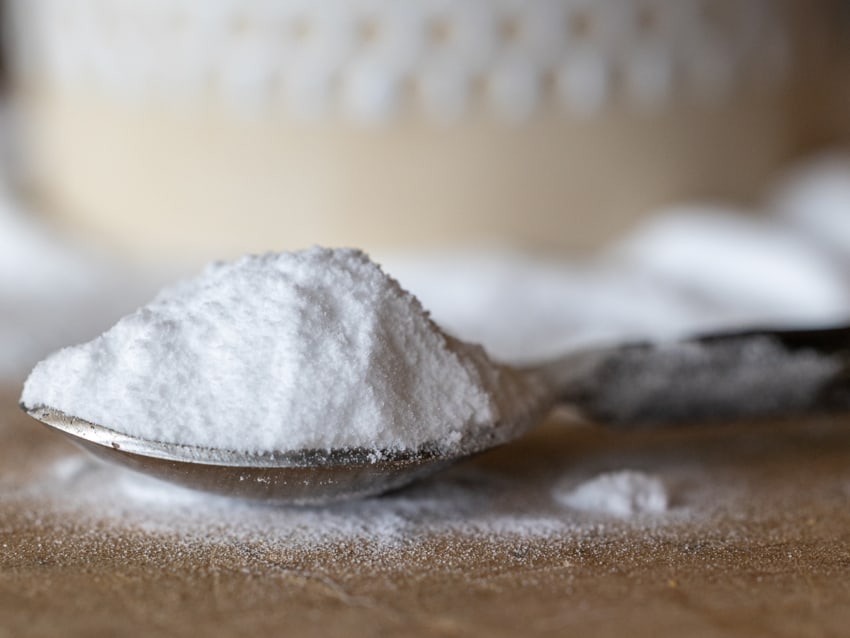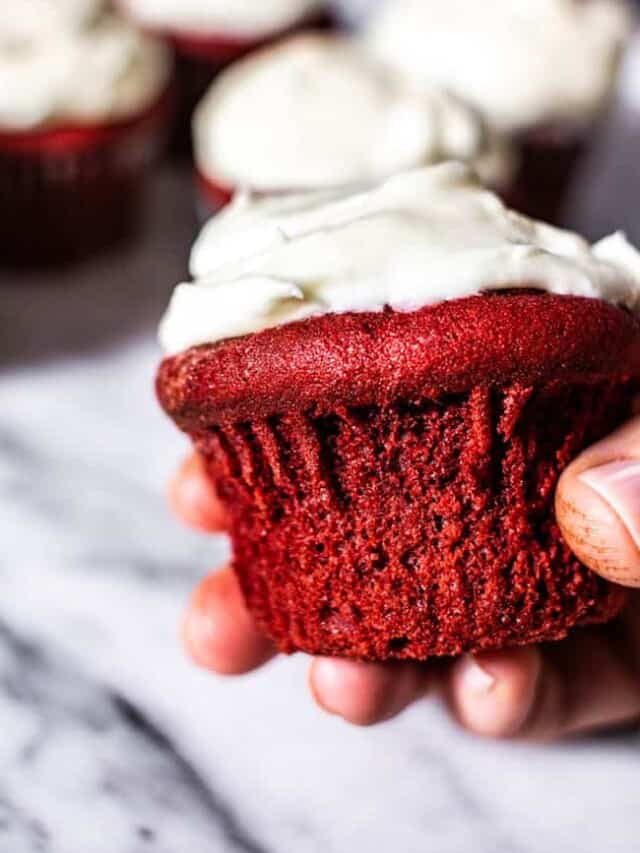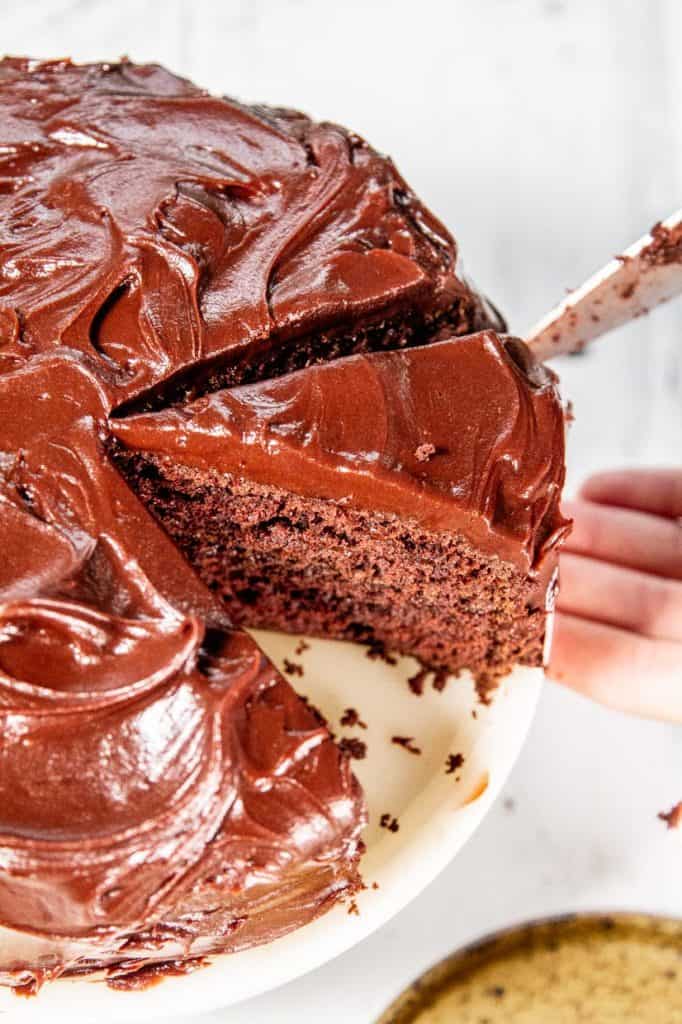Baking soda is a common ingredient in cakes, cookies and breads - but is baking soda gluten-free?

What is baking soda?
Baking soda is a naturally occurring crystalline salt. It is used to help create lift in some of our favorite traditional and gluten-free baked goods. Some folks also use baking soda as a natural cleanser.
What ingredients are used to make baking soda?
Sodium carbonate is a naturally occurring mineral that began to form about 4 million years ago when salt lakes evaporated and formed trona deposits. Baking soda is purely sodium bicarbonate.
Is baking soda gluten-free?
Baking soda is naturally gluten-free, but cross-contamination can occur if it is not produced and packaged in a dedicated gluten-free facility.
How to tell if baking soda is gluten-free
The best way to tell if a particular brand of baking soda is truly gluten-free is to check the packaging and the label. Sometimes, the label makes it in-your-face obvious. Other labels require a little detective work.
Look for Gluten-Free Certifications
Some products state “certified gluten-free” on the label. However, gluten-free consumers should be aware that the United States does to require any standard methodologies to certify a product is gluten-free. This certification process uses independent organizations, all of which rely on different tests and standards. However, if a product is labeled certified gluten-free, you know that a third party has tested the product and confirmed that gluten levels are at or below 20ppm.
If you are diagnosed with Celiac Disease or are particularly sensitive, it’s a good idea to choose certified gluten-free products.
Check for the words “gluten-free” on the packaging
There is no designated symbol or logo for gluten-free foods in the United States, but you will find the words “gluten-free” on the packaging. Any manufacturer able to ensure that their products contain less than 20ppm of gluten may state that their product is gluten-free.
Check with the manufacturer.
A quick google search should help you to determine whether a certain brand of baking soda is gluten-free.

What brands of baking soda are gluten-free?
According to our friends at Celiac.com, the following brands of baking soda are safe for Celiacs and highly-sensitive individuals.
Arm & Hammer Baking Soda
Bob's Red Mill Baking Soda
Clabber Girl Baking Soda
Ener-G Baking Soda Substitute
Pure Original Ingredients
How does baking soda cause baked goods to rise?
Who’s ready for a science lesson? As we mentioned earlier, baking soda is a crystalline salt. For any budding food scientists that may be reading this, its chemical makeup is NaHCO3. When baking soda reacts with acidic ingredients like cocoa, yogurt, citrus or buttermilk, it releases carbon dioxide, which creates the small pockets of air that make the batter or dough rise and give it a light, airy texture. This is sometimes called “leavening”. The same reaction occurs, albeit to a lesser degree, when heated above 122F (50C).
Fun fact for the super science nerds*
Did any of you freaks and geeks work out what’s left after the chemical reaction? After the carbon dioxide (CO2) is released from the NaHCO3, it theoretically leaves you with NaOH - aka sodium hydroxide, caustic soda, or lye.
So, do baked goods made with baking soda contain lye?
The simple answer is “no”, for a few reasons. First, baked goods don’t reach a high enough temperature to create that reaction. Secondly, that particular reaction doesn’t occur in a moist environment. Last, but not least, the salt (Na) is typically neutralized by other ingredients.
*Note: I am NOT a scientist - I’m simply explaining this to the best of my ability. If you are a scientist and have a better explanation, hit me up in the comments and help a girl out.
Baking soda vs. baking powder
What’s the difference between baking soda and baking powder? Both are leavening agents and create lift in baked goods. As we discussed earlier, baking soda is pure sodium bicarbonate. Baking soda is typically used in recipes that already involve an acidic ingredient. It imparts a subtle tangy taste and promotes browning. Baking powder is a mixture of baking soda and cream of tartar and requires heat and moisture to create lift. Because cream of tartar acts as a built in acid, baking powder will create lift in any baked goods.

Can you substitute baking powder for baking soda?
For best results, we recommend sticking to the recipe. However, in a pinch, you can substitute baking powder for baking soda by tripling the amount called for in the recipe.
Gluten-free baking with baking soda
Grab your gluten-free baking soda and get baking! Here are a few of our favorite recipes.

Red Velvet Cupcakes
My friend Candace Nelson, the mastermind behind Sprinkles Cupcakes, shared this incredible recipe for gluten-free Red Velvet Cupcakes!
Strawberry Buttermilk Cake
This Strawberry Buttermilk Cake is my all-time favorite strawberry cake. It’s gluten-free (obviously) but can easily be made dairy-free as well.


Biscuits
Gluten-free biscuits can be tricky, but my friend Meg from This Mess is Ours has perfected the Southern staple.
Lemon Loaf
Alison’s version of this Lemon Loaf cake is a work of art - but don’t let the fancy decorations scare you off. I promise it tastes just as delicious if you just slather the frosting on the top.


Devil’s Food Cake
This chocolate layer cake is devilishly rich and moist - hence the name. You’ll love this gluten-free recipe for Devil’s Food Cake.









Let Us Know What You Think